When a cyclist sees the Trek Madone SLR 9 AXS Gen 8 for the first time, the following thoughts run through their head, usually in this order:
"What a beautiful bike."
"Damn, that looks really fast."
"The owner of this bike is extremely serious about cycling and has a very generous budget for fitness gear."
Indeed, almost every conversation I had while out and about on the Madone started and ended with the bike's looks and price tag. And for good reason.
A shiny bike
Let's get the obvious out of the way. This is an expensive and very high-tech bike, retailing at $15,999. Part of the price tag is the technology—this is a bicycle that rides on the bleeding edge of tech. And another part is the Project One Icon "Tête de la Course" paint job on the bike; less-flashy options start at $13,499. (And if $15,999 doesn't break your budget, there's an even fancier Icon "Stellar" paint scheme for an extra $1,000.) That's a pretty penny but not an unusual price point in the world of high-end road bikes. If you're shopping for, say, a Cervélo S5 or Specialized S-Works Tarmac SL8, you'll see the same price tags.
Madone is Trek's performance-oriented road bike, and the Gen 8 is the latest and greatest from the Wisconsin-based bike manufacturer. It's more aerodynamic than the Gen 7 (with a pair of aero water bottles) and a few hundred grams weightier than Trek's recently discontinued Emonda climbing-focused bike.
I put nearly 1,000 miles on the Gen 8 Madone over a two-month period, riding it on the roads around Chicagoland. Yes, the land around here is pretty flat, but out to the northwest there are some nice rollers, including a couple of short climbs with grades approaching 10 percent. Those climbs gave me a sense of the Madone's ability on hills.
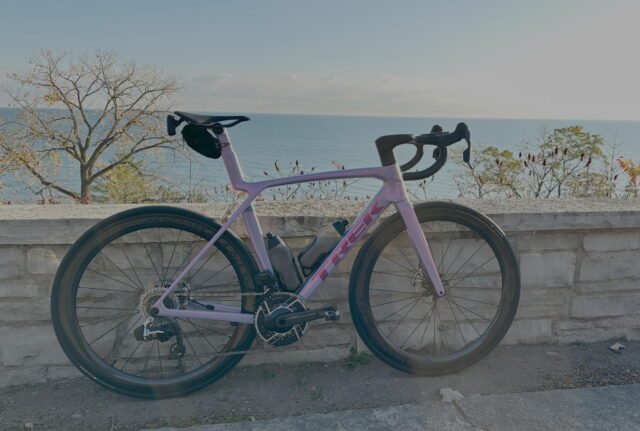
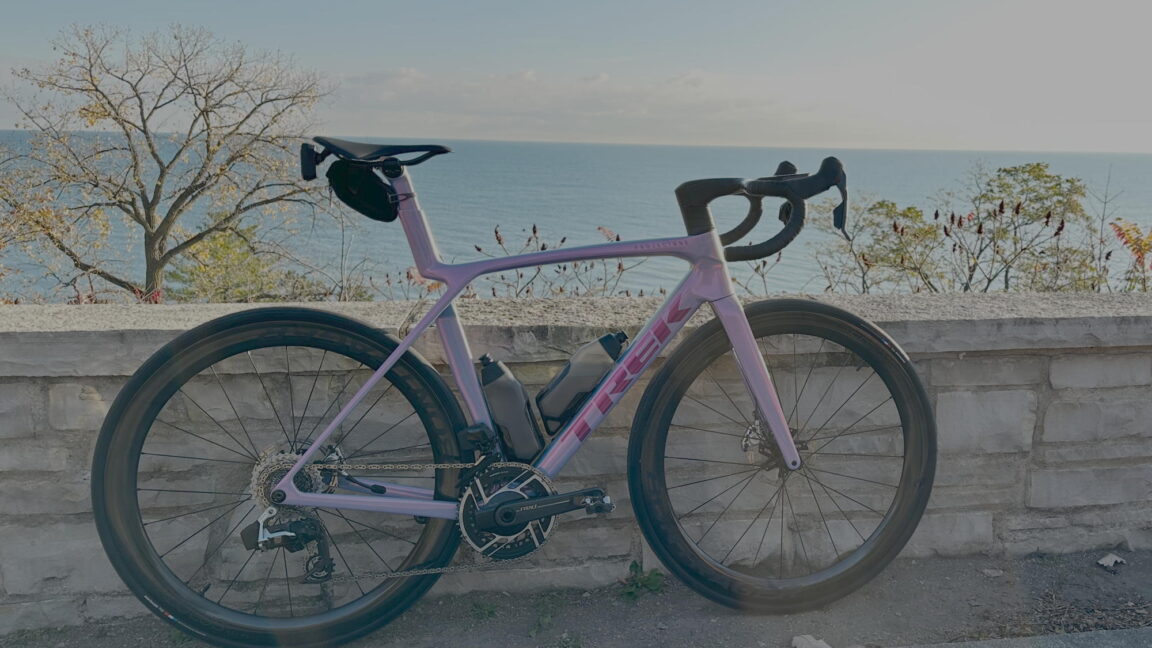
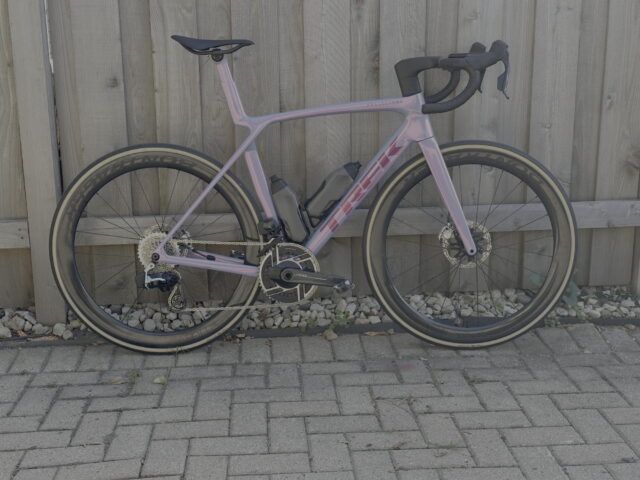
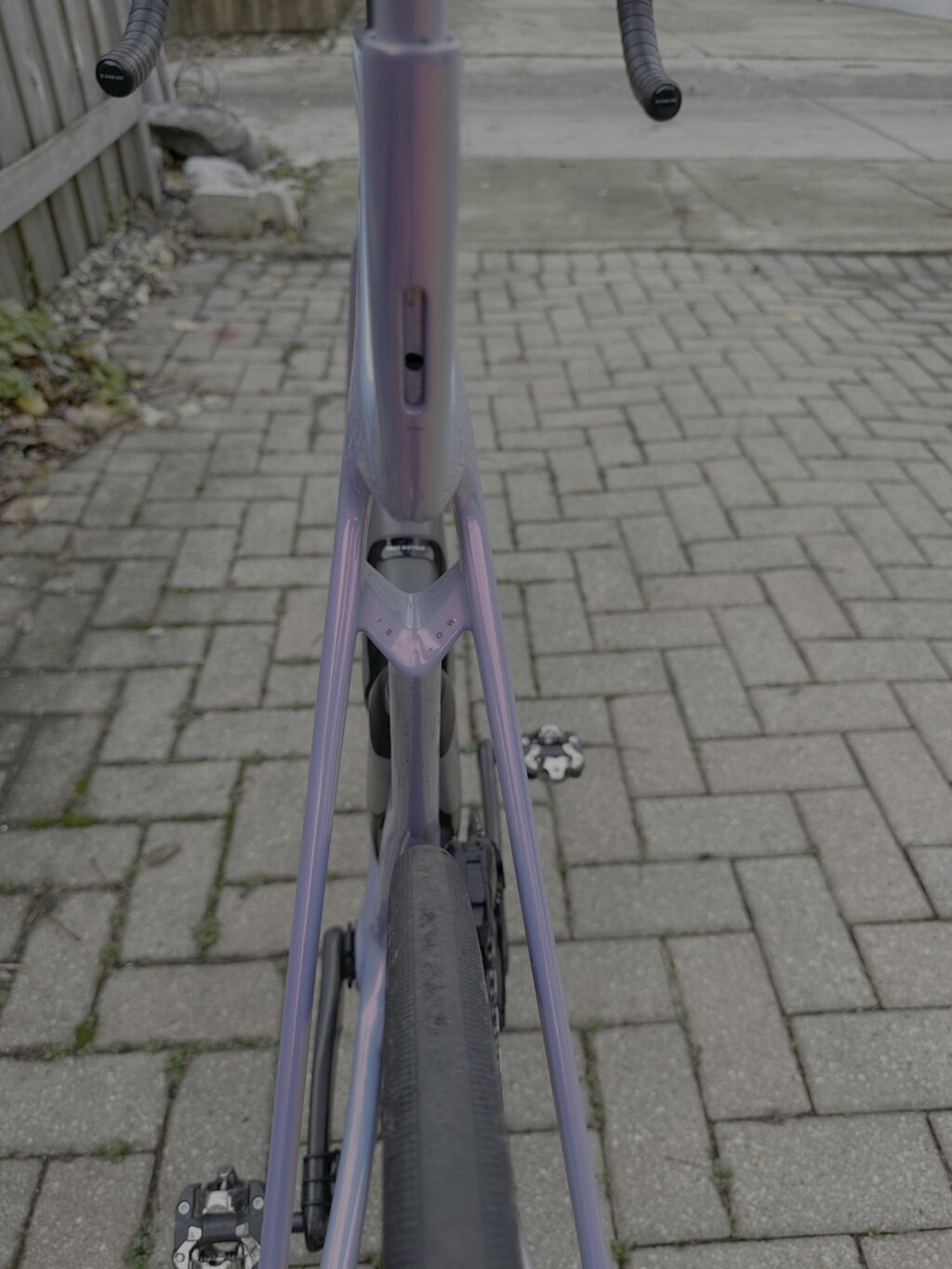
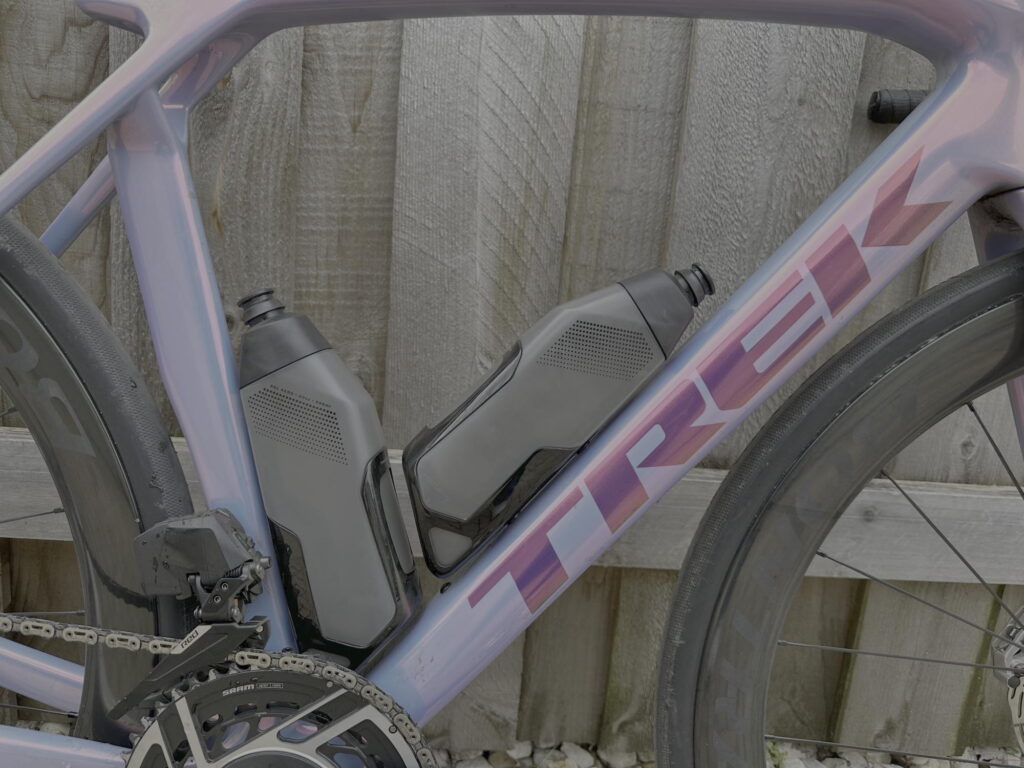
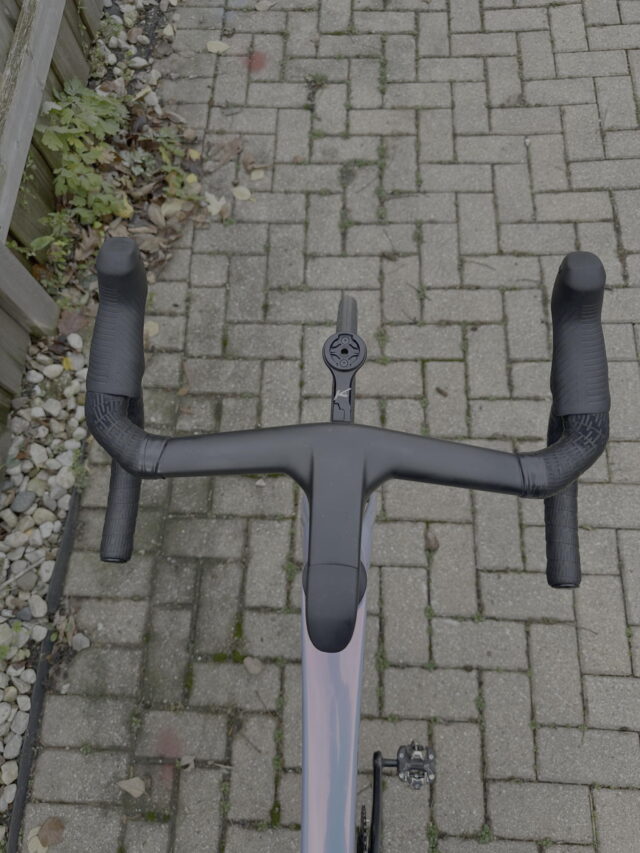
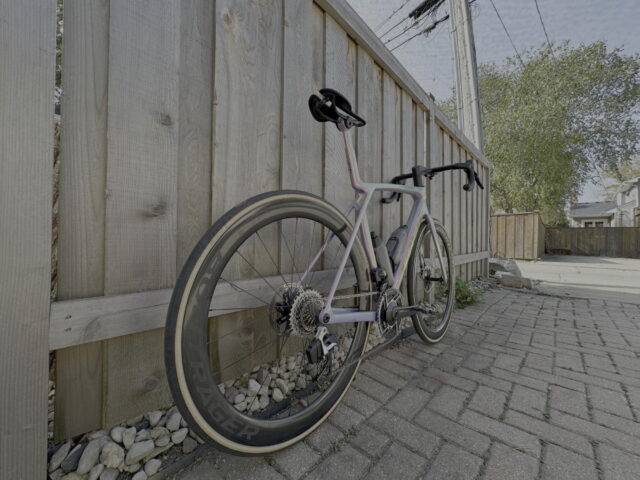
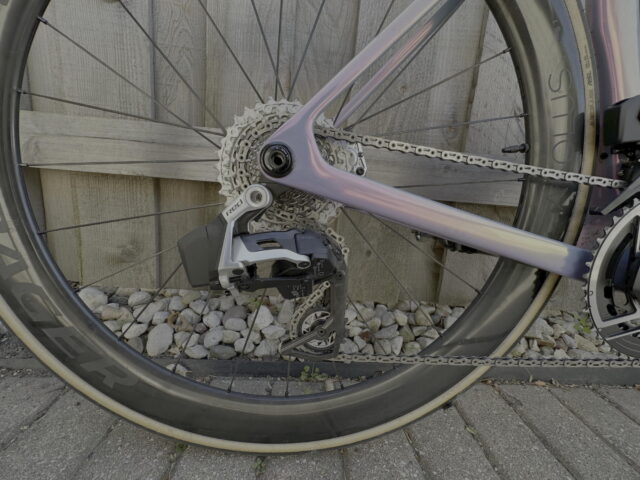
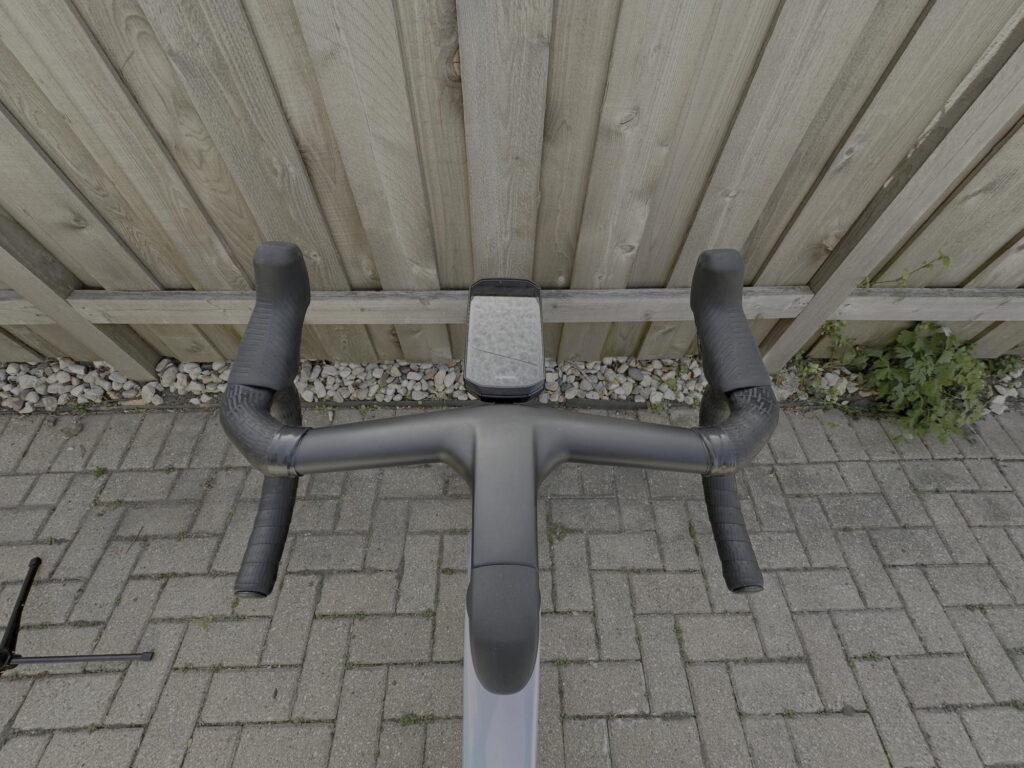
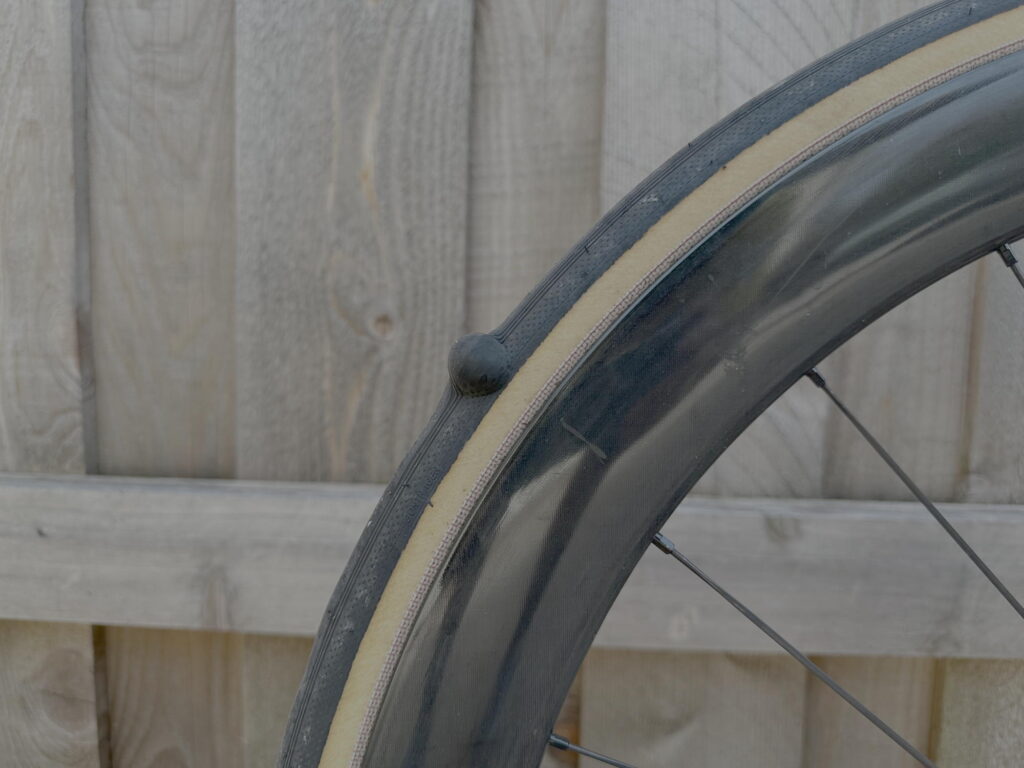

 Loading comments...
Loading comments...
